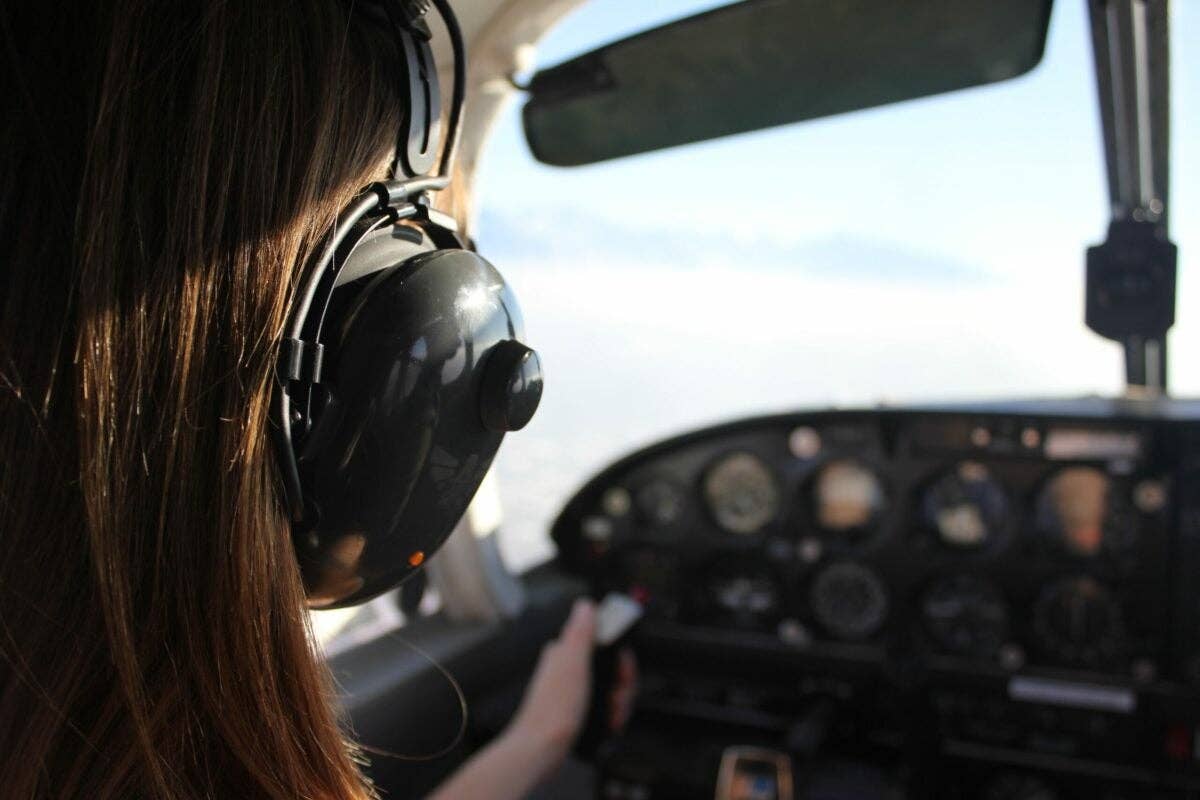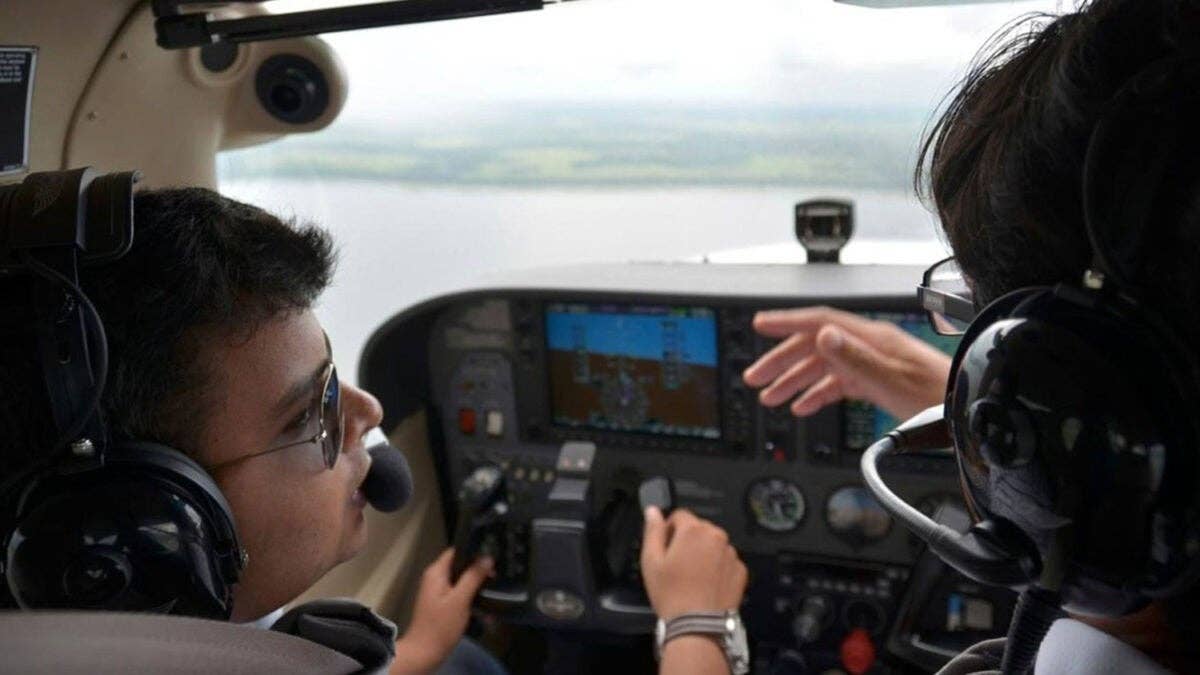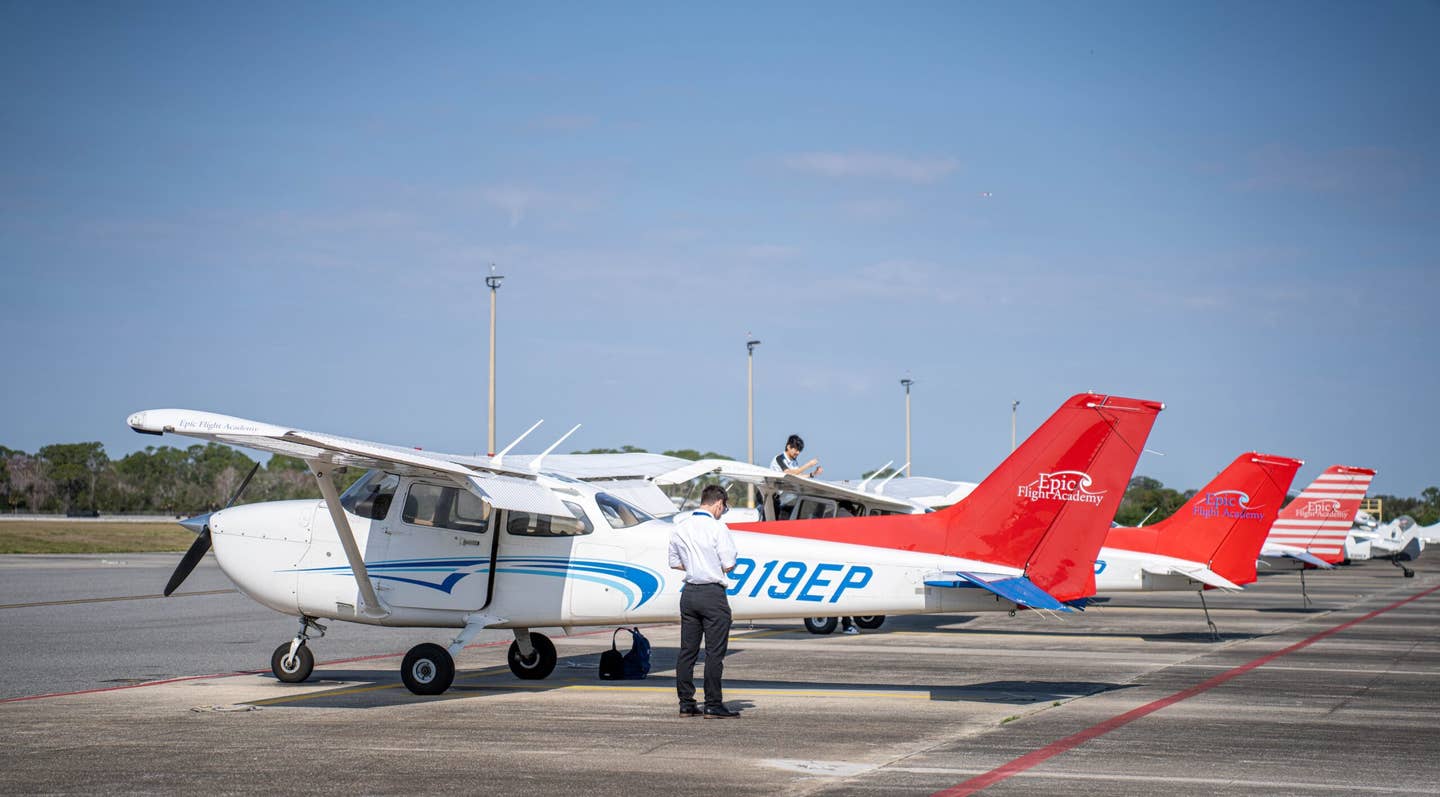‘Short Runway’ Is Really a Subjective Term
These types of situations often come down to knowing your aircraft’s performance and capability.

In aviation, the term “short runway” in regard to GA aircraft is a relative term. [Credit: Adobe Stock]
In aviation, the term "short runway" in regard to GA aircraft is a relative term.
A 3,800-foot runway might be considered short for a business jet (by its insurance carrier, at least) but would be plenty long for a Piper Cherokee or Cessna 172. That's just as a 1,900-foot runway with power lines at one end might be a pucker-inducing event for the C-172 but have room to spare for a STOL-equipped Super Cub.
Short often comes down to knowing your aircraft, its performance capability, and how to get the best results—hence the required training.
In the training environment, the flight school or FBO may define short by requiring learners to obtain special permission to utilize certain runways —those measuring less than 2,500 feet or with trees and power lines at each end—or only permit them to use them with a CFI on board in nonemergency situations.
Most often short field takeoffs and landings will be done at airports that have plenty of runway, but you'll be taught to do a short approach and be down and stopped in the first 1,000 feet of pavement—all without flattening the tires by slamming on the brakes or putting the airplane over on its back or up on its nose.
Learning Short Field Approaches
When planning for a landing on a short runway, the training always includes planning for an obstacle off the end of the runway, such as a tree. In the performance charts, this obstacle is always 50 feet tall. Study the sectional and airport diagram to be aware of these hazards. Take special note of power lines that are perpendicular to the runway—the top number is the elevation in msl—what the altimeter will read when you hit it—. The number beneath in parentheses is the object agl or how far you will fall.
Good energy management is key, and this is best done by staying ahead of the airplane. The Airplane Flying Handbook recommends a pilot make a slightly larger pattern to provide more time to configure the aircraft to achieve a stabilized approach. If the aircraft is not stabilized when on final, be prepared for a go-around.
Most airplane flying manuals or POHs have appropriate speeds for short field approaches. Learn them. If this metric is not published in the POH, note the VS0 (stall speed in the landing configuration) and multiply it by 1.3.
For example, the VS0 is listed as 51 knots, multiply that by 1.3 and get 66 knots. Fly 66 knots on final approach as the aircraft is at approximately 500 feet agl and configured with full flaps.
- READ MORE: Knowing When to Call the NTSB
Aiming point is critical. You will want to aim for a spot ahead of where you want to touch down. This is the aviation equivalent of throwing a football ahead of your receiver as they run up field. If you want to touch down on the edge of the runway pavement, aim for a spot ahead of that. When the approach is stable, the aiming point of the runway, such as the edge of the pavement, should appear stationary in the windscreen. Touchdown should be at minimum controllable airspeed, so there is minimal ground roll and minimal braking required.
About the Obstacle
Not all runways have a 50-foot-tall obstacle off the end. In fact, most don't. But if there is one, you may need to fly a steeper-than-normal, 3-degree approach to touch down on the edge of the runway. Conversely, taking off over the obstacle will be done at VX, the best angle of climb until you clear the obstacle, then you will lower the nose to accelerate to VY.
Unless it is an emergency, the pilot should always crunch the numbers to determine aircraft performance before committing to any runway, especially a short one. Use the performance charts, and remember that they were written for a brand-new airplane with a test pilot at the controls. Be conservative in your calculations.
Note the fine print in the POH regarding aircraft performance on landing, and be sure to adjust for runway conditions and the potential for a lack of braking action (such as when landing on a grass field), which can increase the ground-roll figure by 45 percent or more.
Practice controlling your speed so when you touch down and pull the yoke or stick back for aerodynamic braking, the aircraft won’t balloon back into the air.
- READ MORE: What to Expect When Learning to Fly
The short field approach and landing is often one of the last maneuvers for your private pilot check ride. The DPE will tell you where to touch down—for example, on the second centerline stripe of the runway and be stopped by the first taxiway, which is 1,000 feet from the end of the runway—without skidding the tires.
As you practice, keep in mind these common errors made during short field landings:
- Unstabilized approach: You're coming in too fast, too slow, then too fast again, and the aircraft descent is not stable. If you have an excessive rate of descent—that feeling that the airplane is falling out from under you—it could result in a hard landing and bouncing. Go around.
- Too fast on final: The approach speed is supposed to be 66 knots, and you are closer to 70. Excessive speed will result in floating down the runway. You can run out of runway and options at the same time.
- Overbraking on rollout: This can lead to skidding and flattened tires, or even a nose over.
- Shoving the yoke forward to slam down the nosewheel in a tricycle gear aircraft: You don't need to do this. Keep the nosewheel up, and let gravity bring it down when the aerodynamic braking slows the aircraft. Slamming down the nosewheel can lead to a prop strike and nosewheel collapse.

Sign-up for newsletters & special offers!
Get the latest FLYING stories & special offers delivered directly to your inbox






